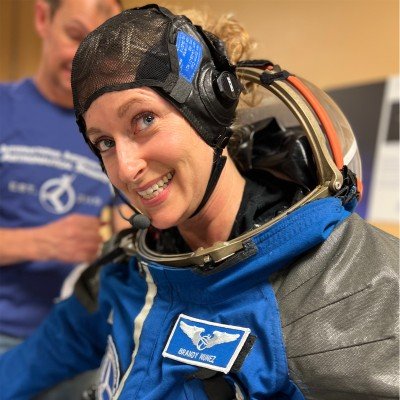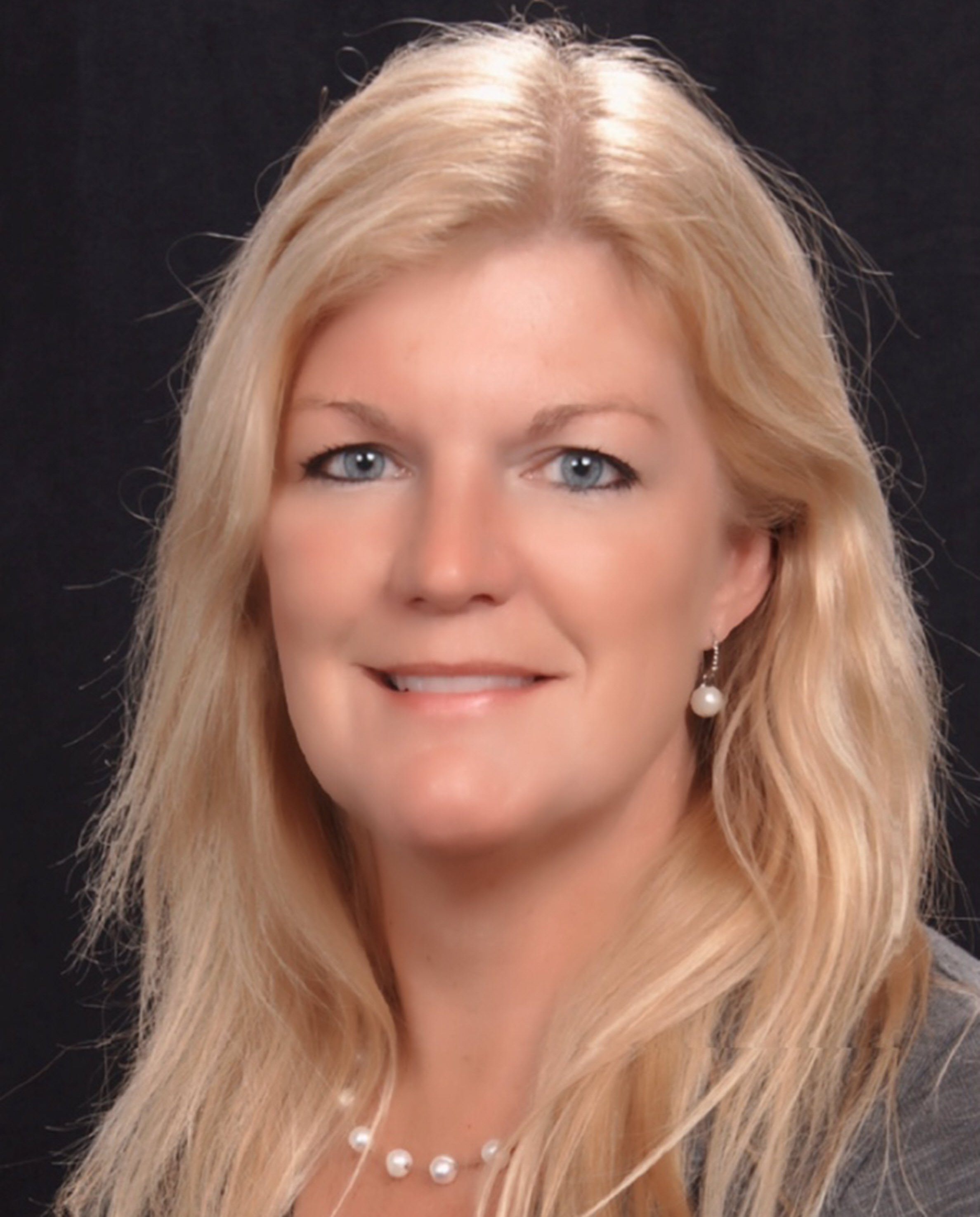Who We Are
Mission:
At WBA, our mission is to advance human spaceflight to new heights. The World's Biggest Analog (WBA) is our most ambitious endeavor yet, aiming to become the largest space analog mission in history. This groundbreaking mission will have a game-changing impact and leave a lasting legacy.
Primary Goal:
Our primary goal is to conduct rigorous scientific research, foster collaboration among experts, and develop protocols that will shape the future of space exploration. Through the WBA, we strive to unlock new knowledge and uncover solutions to the challenges of living and working in space.
Secondary Goal:
In addition to our scientific pursuits, we are committed to raising awareness and educating the public through various media platforms and educational initiatives. By sharing our mission online and in schools, we aim to inspire the next generation of explorers and enable individuals from around the globe to participate in this remarkable journey.
Join us on this extraordinary mission as we embark on a path to revolutionize space exploration, redefine human limits, and pave the way for a brighter future among the stars. Together, we can make history and shape the future of space exploration

What makes WBA Unique?
The WBA is unique because it allows for a truly global study of the impacts, challenges and opportunities of space colonisation, simulating outposts on the Moon and Mars across different habitats simultaneously. This is the first time such an ambitious and expansive simulation will be attempted, making it a groundbreaking project in the realm of space exploration. The vast range of data, diversity of participants and potential for discovering best practices are unparalleled in the WBA. It also provides an opportunity for an unprecedented amount of collaboration and comparison between different analog environments, which could significantly accelerate our understanding of the practical requirements for successful space colonisation.
Potential Customers, Investors and Stakeholders
Space Agencies: NASA, ESA etc. The WBA mission aligns with their goals of lunar and Martian exploration. The data and insights generated by the WBA can directly feed into their planning and preparation processes.
Benefits: Potential to inform and enhance ongoing and future projects, opportunities for international collaboration, advance the knowledge base required for actual missions and testing of procedures and equipment in a variety of environments.Private Space Companies: SpaceX, Blue Origin, Boeing, Lockheed Martin and others involved in space exploration and colonisation. The WBA mission can help fine-tune technologies, hardware and systems and better understand the human factors involved in long-duration space missions.
Benefits: Testing and refining technologies in real-world scenarios, opportunity for publicity and the potential to attract future partnerships and contracts.Research Institutions: Opportunities to conduct a vast array of cross disciplinary studies within single or across habitats.
Benefits: Access to unique, rich and diverse datasets that could fuel a multitude of research projects and papers, spanning a variety of disciplines, multi-disciplinary research opportunities and the potential for worldwide collaborationsPharmaceutical and Biotech Companies: Opportunities to understand the impact of prolonged isolation and stress on human health and the chance to develop or refine treatments for these conditions.
Benefits: Studying the physiological and psychological impacts of the conditions simulated in the WBA mission, opportunities to test telemedicine technologies and point-of-care diagnostic devices, simulating the remote and resource-limited medical conditions of future lunar and Martian bases.
Telecommunications Companies: Opportunity to test communication technologies across multiple, diverse locations, simulating the communication challenges of managing off-world bases.
Benefits: Opportunity to test technology in diverse and potentially challenging environments, simulating different aspects of communications for lunar or Martian missions. A chance to be the official communications provider for the mission, with associated branding and PR opportunities.Investors: Potential ROI from technologies refined or developed during the mission, influence in a cutting-edge and rapidly growing industry and association with a landmark space mission.
Benefits: Potential spin-off technologies, or IP generated during the mission, plus prestige and influence in a cutting-edge and increasingly important industry.
General Public: Highlight the WBA's role as a stepping stone for future lunar and Martian missions.
Benefits: Increased awareness and understanding of analog missions, potential inspiration for future scientists and explorers and the opportunity to participate in a landmark project through public engagement initiatives. Media, social platforms and public engagement events can be used to share the excitement and importance of the WBA, making it accessible and relatable. Engage via educational events, interactive activities and public talks. Organise virtual tours of the analog habitats and regular mission updates.Educational institutions: Unparalleled learning opportunities about space exploration, inspiration for STEM careers. Potential to develop educational packages tied to the mission, which could include curriculum-aligned lesson plans, live virtual talks with scientists and competitions for students to design experiments for the mission.
Meet the Team
-

Jas Purewal
Director
-

Dr. Adriana Blachowicz
Science/Research
-

Dr. Brandy Nunez
Science/Research
-

Emily Apollonio
Safety & Training
-

Robin Taber
Outreach/Marketing
-

Gal Yoffe
Training
-

Dr. Jenni Hesterman
Disaster/Risk Management
-

Brenda Trinidad
Emerging Culture
-

James Burk
Education
-

Dr. Deepa Bangaru-Raju
Medical
-
Dr. Dhivya Bangaru-Raju
Medical
-

Gernot Groemer
Advisor
-

Trent Adams
Advisor
-

Kai Staats
Advisor
-

Dr. Miroslav Rozloznik
Advisor
-

Agata Mintus
Advisor
-

Leszek Orzechowski
Advisor
-

Manuel Liera Casanueva
Advisor
-

Prof. Julio Rezende
Advisor
-

Henk Rogers
Advisor
-

Matthew Devlen
Advisor
-

Dr. Sheri Wells-Jensen
Accessibility
FAQs
What is WBA?
World’s Biggest Analog (WBA) is a global, coordinated effort of professionals and organizations working together to anticipate, mitigate and document the challenges of living in environments that are inhospitable to human life.
In the near future we will have habitats and settlements on the Moon, Mars and in their orbit. These habitats will be built by a variety of nations, private companies and government agencies. Each will have to collaborate in the extreme environments of Space, much like nations collaborate in Antarctica.
WBA is simulating these settlements by running an international collaborative mission across the world’s analog habitats, simultaneously at each location in the year 2025.
Is there revenue in the space industry?
The space industry is on its way to seeing $1 trillion in revenue.
Global space tourism market size was valued at USD 695.1 million in 2022. It is expected to expand at a compound annual growth rate (CAGR) of 40.2% from 2023-2030
NASA Artemis program & Lunar Gateway - plan for Artemis 4 to dock with Lunar Gateway in 2027, with future yearly landings.
What are the challenges to living in space?
The three main challenges to living and working in space are the environment, the habitat and people or the occupants.
Environment:
Limited resources - Radiation - Isolation - Microgravity
Habitat:
Protocols - Architecture/use of space - Life Support - Safety
Occupants: - Communication - Efficiency - Cross-cultural collaboration/living/working - Wellbeing
How can analog missions benefit Earth?
Global natural disasters are increasing in frequency and severity, so the development of innovative equipment for better disaster assessment and aid management is necessary.
Considering the ever growing population of Earth and the ever decreasing resources available, self-sufficiency and sustainability have become important issues.
Analog space habitats and simulations can and have been, addressing the challenges of living sustainably, with limited resources.
What are the benefits of partnering or sponsoring WBA
Being part of the first ever global collaborative space analog and historical mission.
Leaving a lasting legacy and educating future generations.
Innovative R&D activities that will shape the way we work and live in space.
Fast track the development of your local space exploration industry.
Take the lead in the exponentially growing private space exploration market.



